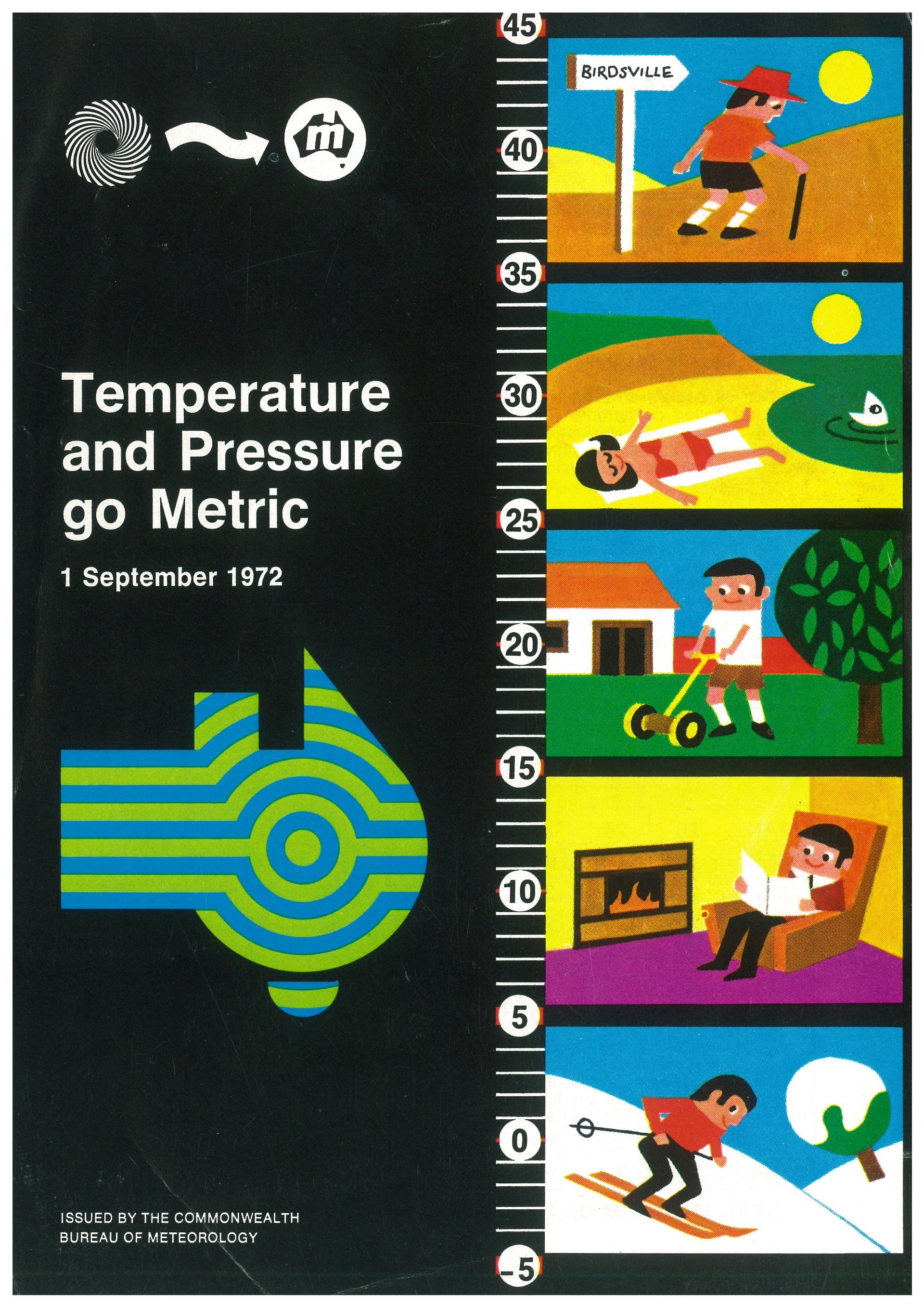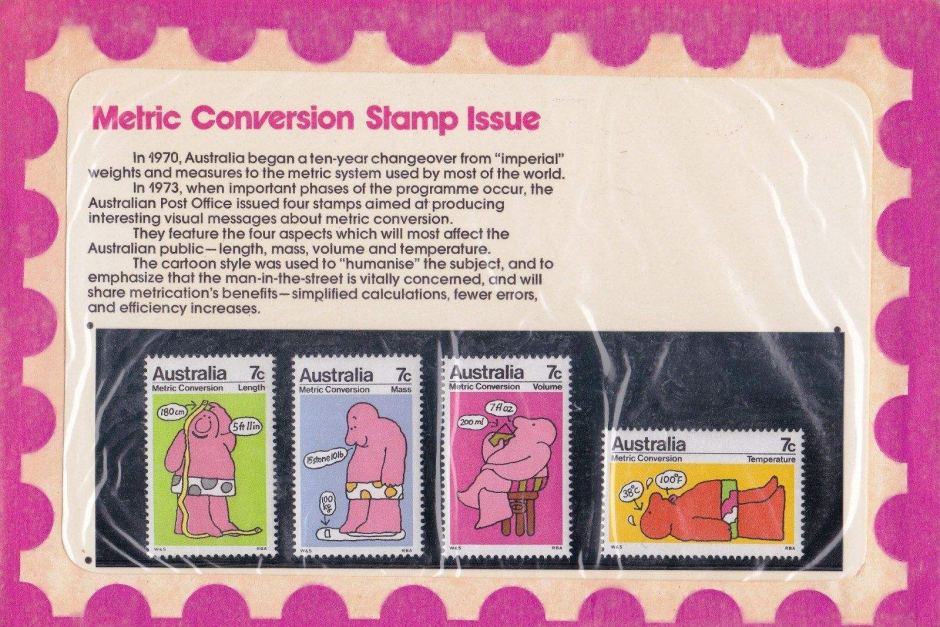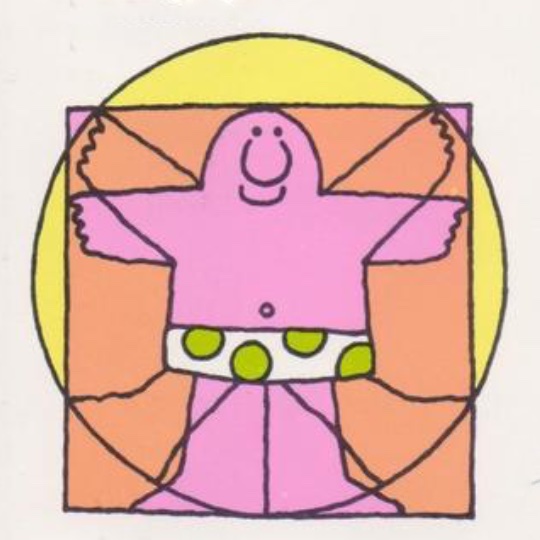Select Committee on the Container Method of Handling Cargoes
Select Committees on Air Pollution and Water Pollution
Despite the magnitude of the transition, the conversion to metric was unanimously endorsed by a select committee appointed in April 1967 to inquire into the matter.
For the committee, it made sense to bring weights and measures in line with decimal currency, which had been introduced the previous year. With most world trade carried out in metric, the committee warned Australia would be left behind if it stuck with the imperial system. Educators, who were among 141 witnesses questioned by the committee, enthusiastically supported metric on the basis that it was easier to teach and learn.
On the committee’s recommendation, the conversion was conducted over ten years and overseen by the Metric Conversion Board in consultation with the community and states. As a result the transition was fairly seamless. However, metric was not made compulsory—to this day you can still order a pint of beer in an Australian pub.
Portrait of Senator Keith Alexander Laught, 1951, National Library of Australia, nla.obj-137356466
Committee chairman Senator Keith Laught was a great proponent of both the metric and the committee system.
While tabling his report in May 1968, Laught described committees as ‘the workshops of parliaments’. He particularly praised their value in providing industry and trade representatives with direct opportunities to put their views before the Senate
Laught died suddenly on 13 May 1969, almost exactly one year later. Although he had been frustrated to see his report ‘gathering dust’ immediately after its tabling, Australia’s 1970 adoption of the metric system is now viewed as Laught’s principal legacy.
Portrait of Senator Keith Alexander Laught, 1951, National Library of Australia, nla.obj-137356466
Dame Mabel Miller, member of Tasmanian House of Assembly, c. 1955. Image courtesy of Parliament of Tasmania
The introduction of the metric system significantly affected household tasks such as shopping and preparing food—traditionally viewed as the ‘women’s domain’.
Reflecting this view, the committee made a point of recommending that ‘at least one member of the [Metric Conversion] Board should be a woman’.
On 1 July 1970 Dame Mabel Miller, who had previously served as Hobart City Council’s first female member, was one of thirteen appointees to the Board.
Dame Mabel Miller, member of Tasmanian House of Assembly, c. 1955. Image courtesy of Parliament of Tasmania
‘Metric Conversion Board criticised’, The Canberra Times, 22 March 1976, p. 7, http://nla.gov.au/nla.news-article110809438
The most significant opposition to metrication in Australia came in the form of the Australian Anti-Metric Association, described by a member of the Metric Conversion Board as ‘small but vocal’.
The association wrote a number of letters to parliamentarians during the 1970s but received only brief mentions in the press. Ironically, these letters, now held in the University of Melbourne Archives, are listed as taking up 0.005 metres of shelf space.
‘Metric Conversion Board criticised’, The Canberra Times, 22 March 1976, p. 7, http://nla.gov.au/nla.news-article110809438
‘Metric conversion in the nursery’, Hammersley News (Perth, WA), 24 May 1973, p. 10, http://nla.gov.au/nla.news-article214998893
‘Metric conversion in the nursery’, Hammersley News (Perth, WA), 24 May 1973, p. 10, http://nla.gov.au/nla.news-article214998893
Bureau of Meteorology, ‘Temperature and Pressure go Metric’, 1 September 1972. Front cover of a pamphlet issued to raise public awareness of the upcoming metric conversion. Reproduced by permission of Bureau of Meteorology, © 2019 Commonwealth of Australia
Weather reporting was an early converter—the Bureau of Meteorology began measuring temperature in degrees Celsius rather than Fahrenheit from 1 September 1972.
As part of its public education campaign, the Bureau distributed pamphlets and ran a series of jingles describing Celsius temperatures as follows: ‘frosty fives’, ‘tingling tens’, ‘temperate twenties’, ‘thirsty thirties’ and ‘flaming forties’.

Bureau of Meteorology, ‘Temperature and Pressure go Metric’, 1 September 1972. Front cover of a pamphlet issued to raise public awareness of the upcoming metric conversion. Reproduced by permission of Bureau of Meteorology, © 2019 Commonwealth of Australia
Find out more
|
John Edward Marriott, committee member, Interview with Mark Cranfield, 1982 National Library of Australia, TRC 917, session 21, 00:16:54-00:21:38. |
|
|
Australian Screen, An NFSA Website |
|
 In 1973 the Australian Post Office released a collection of four stamps commemorating the change to the metric system of measurement. The stamps are illustrated with cartoon depictions of length, mass, volume and temperature conversions. |
